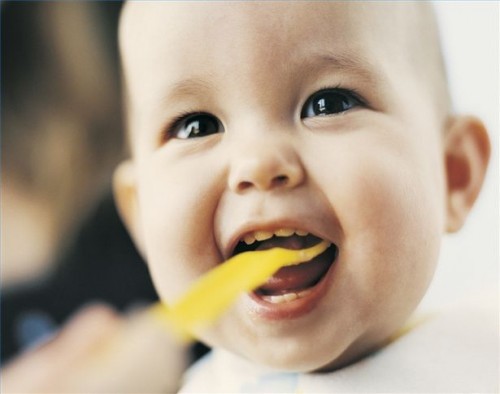milk teeth with overdosage of fluorine >
- September 18

Good oral hygiene starts with milk teeth. Care for milk teeth also to prevent discoloration or other dental problems. Although slight discoloration of the milk teeth is normal, take steps to prevent the discoloration from being too dramatic. There are several reasons for the discoloration of the milk teeth.
manual
• Start brushing baby teeth twice a day, even if only one tooth appears. Use infant toothpaste and a toothbrush designed for baby’s teeth, with small, soft bristles.
• Let your baby handle his own toothbrush if possible. Chewing on a toothbrush can also be enough to clean your teeth, and this will teach and encourage brushing the child too often as the child grows older.




